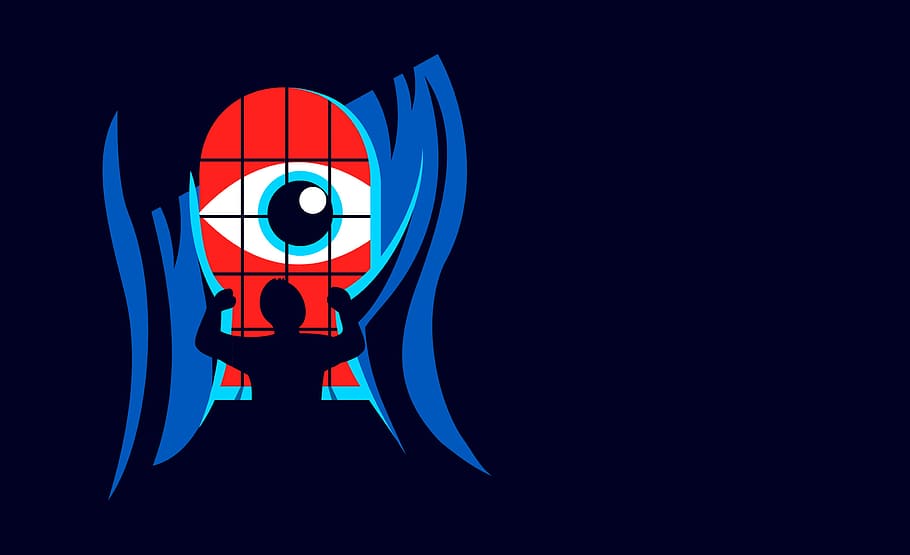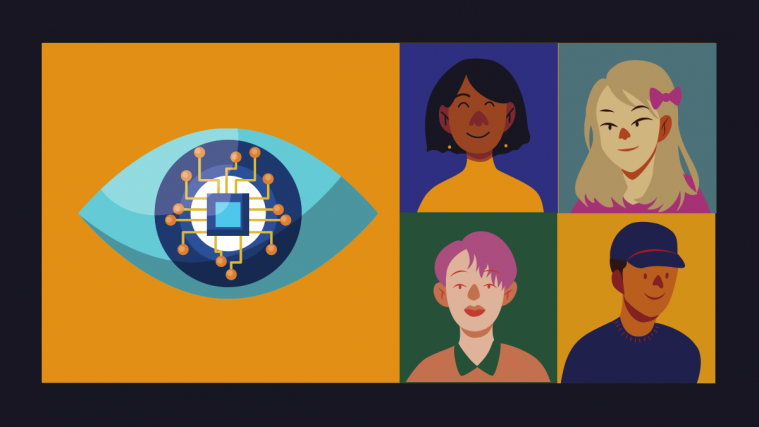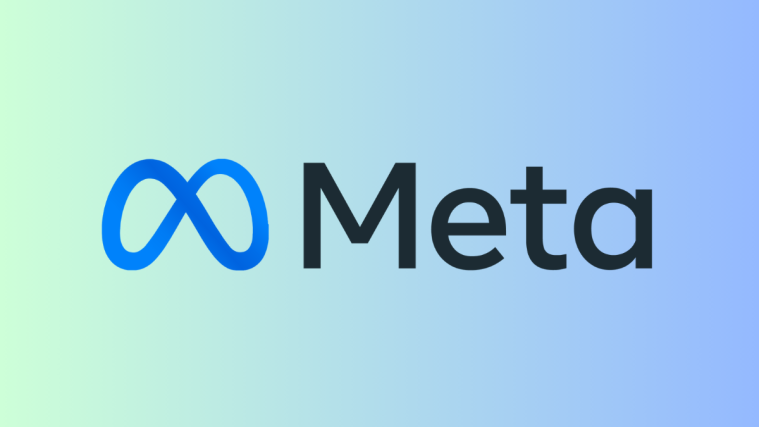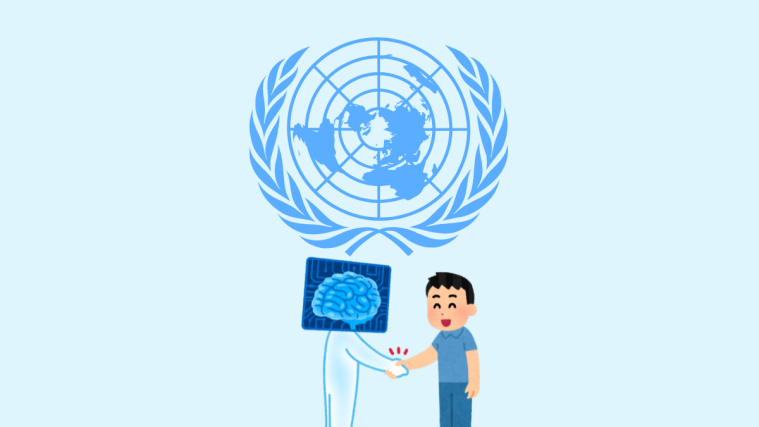By now, it’s established that a huge chunk of the future is going to rely on AI and although most of its use cases have appeared to be helpful for us, there are always two sides to a story. It’s an established fact that data is the next biggest currency we all will be dealing with and the value of a company will be fully dependent on how much information it has on its users.
A frightening aspect of this is facial recognition which is being used by dozens of companies to gather facial data of people from social media. Be it tagged suggestions on Facebook or Instagram or the thousands of surveillance cameras, there’s no doubt that all major companies out there facial recognition software in one way or the other.
To help you solve at least a part of this problem, a new tool has been developed that claims to ‘cloak’ your pictures and thus, save you from being profiled by facial recognition systems.
Related: How to use WhatsApp search feature to spot fake news
What is Fawkes and how does it work
Fawkes is a software that can help you modify pictures to prevent facial recognition systems from tracking your online activities. Fawkes (which gets its name from Guy Fawkes mask, courtesy: ‘V for Vendetta’) has been developed by the fine folks at SAND Lab of the University of Chicago who have found a way to make pixel-level changes that can trick AI systems but can go undetected by the human eye.
This process of modifying your pictures with tiny changes to trick facial recognition systems is called image cloaking. Once the images are processed, you can go ahead and upload them to social media platforms, like you normally would.
The difference now will be that agencies, whose sole intension is to extract your personal info including your facial data, will be fed with modified pictures. This way when a system (that has saved your Fawkes-modified pictures) tries to scan your face in public, it won’t be able to recognize you.
Why do you need to cloak your photos

The pictures you upload on the internet are more often than not used to track you and spy on you. How, you ask? The answer is pretty simple. In the real world, your face is what plays an important role when it comes to tracking your physical presence and if you wear a mask, people will no longer be able to recognize you.
Similarly, if you use Fawkes to modify your pictures and upload the cloaked images on social media, you will be feeding facial recognition systems with wrong facial data. This way, when one of these systems scan your face in public, it won’t be able to match it to your profile, because your profile is being scanned with the modified images.
This way, you not only safeguard yourself from being monitored in pictures and videos posted online, but your privacy will also remain sound even when you’re outdoors. You should thus use Fawkes to:
- Minimize your online availability
- Prevent AI systems from tracking your face in the public
- Stop your data from being directly accessed by others with just your face
- Train unregulated facial recognition systems with bad data so your real information stays protected
- Ensure your privacy in the future remains intact
Related: How to spot and avoid fake news on Coronavirus
How well does Fawkes work against major facial recognition models
The team behind Fawkes claims to have tested the tool extensively against different facial recognition models. In its testing, the tool managed to protect your photos at a nearly 100 % success rate against well-versed facial recognition models developed by Amazon Rekognition, Microsoft Azure, and Face++.
The team says that protection levels will rise if the user is willing to modify their faces further than normal. Higher levels of cloaking appear to have resulted in being able to fool the facial recognition system better. This is evident when basic cloaking was able to protect your identity 34% of the time on Amazon Rekognition while a stronger cloaking scheme resulted in 100% protection. The same also worked for the facial recognition models employed by Face++.
Can you personally use Fawkes to cloak your selfies?
Yes. The team that created Fawkes has made the Fawkes Software available for the public. The software is available for both Mac and Windows while Linux users can make use of the Fawkes executable binary.
How to use Fawkes to cloak your photos
Before you use Fawkes Software to modify your photos, you will have to install it on your computer. Fawkes can be downloaded as a desktop application on both your Windows or Mac PC. Unfortunately, the tool isn’t available on a mobile platform. You can download Fawkes on your computer by clicking here.
After you’re done downloading the software, install it on your computer. You won’t face any problem opening the the software on Windows system but on macOS, you’ll need to go to System Preferences > Security & Privacy > General, and then click on ‘Open anyway’ to install the app and then do it again to open it.
Using Fawkes is pretty straightforward from thereon. Open the software, click on the ‘Select Images’ button. Now, select a picture you want to modify with Fawkes. You can also select multiple pictures at the same time but keep in mind, processing these images will take a longer time. After you’re done selecting the pictures, click on the ‘Protect Selected Images’ button. 
You should now let Fawkes process the images you selected so that it can modify them. The software will show that your images are modified when the process is complete.
Would you be able to distinguish between your cloaked and uncloaked photos?
Although the basis for using Fawkes is to protect your images by modifying it, the end result won’t look different to the naked eye, if not compared to the original picture. In our testing, we found the tool to make some subtle but visible changes to your pictures.
Comparing the cloaked pictures to their original copies, we could notice that Fawkes added some subtle features to the images. Among the additions were wrinkles, eyebrows, blemishes, facial hair, and patches and the tool apparently also modified the dimensions of the faces in some instances.
However, if you only look at the cloaked picture without having the original one to compare it to, you would think it’s real. Fawkes development team has confirmed they will soon add markers to help users mark cloaked photos.
Here are a couple of samples that we tried using Fawkes on and the results it produced:

Original 
Cloaked with Fawkes

Original 
Cloaked with Fawkes
You have a significant number of images uploaded online. Can Fawkes still help you with your privacy?
Since facial recognition is based on continuous training of a person’s face to match it to them, if you want to stop yourself from being targeting by the recognition systems, you must modify your pictures as much as possible. This means, even if you have a significant number of pictures of you on social media, you can still safeguard your privacy by fooling the AI with newer cloaked images.
That should help protect your identity better because facial resignation systems don’t just stop at downloading your previous data but they also keep on training the system by learning from newer resources. If you continuously keep using Fawkes to alter your photos and selfies, there will reach a point where your cloaked pictures will be larger in numbers than your original ones.
This way, the system will define you to the cloaked version of your face rather than relying on your older pictures. When this happens, your real face is now protected from being scanned for information through AI recognition.
Are you interested in using Fawkes for your photos? Let us know what you think.






Can those images be unfawked though?